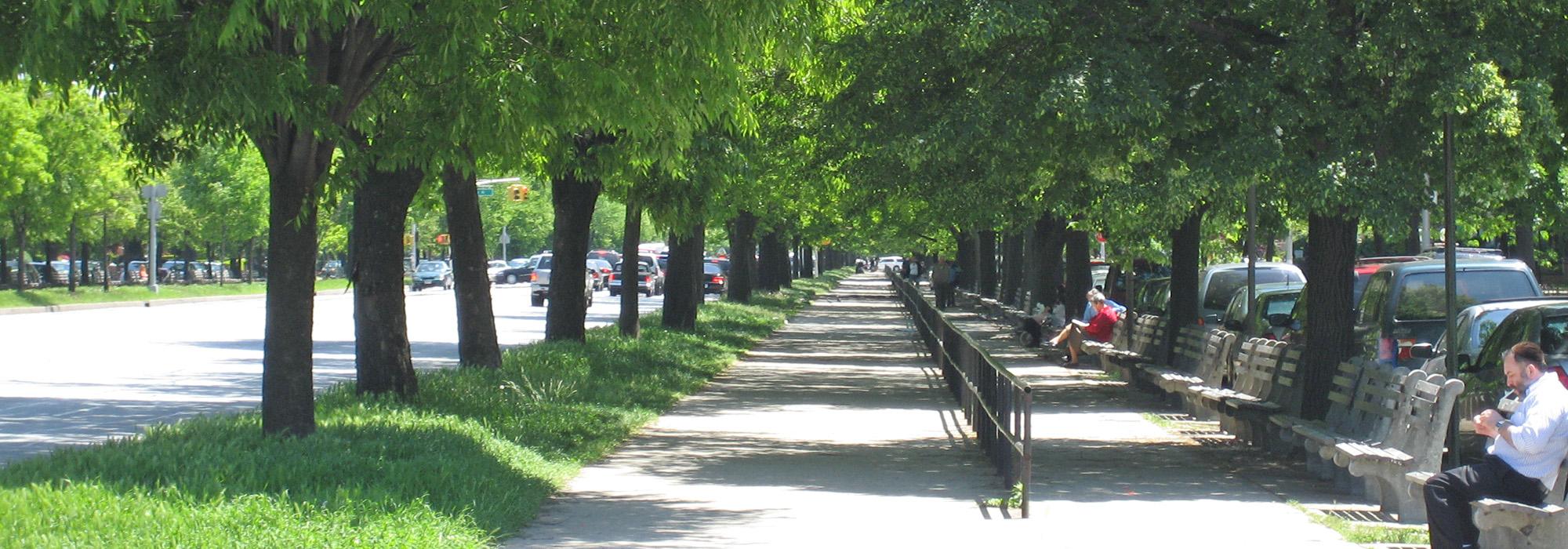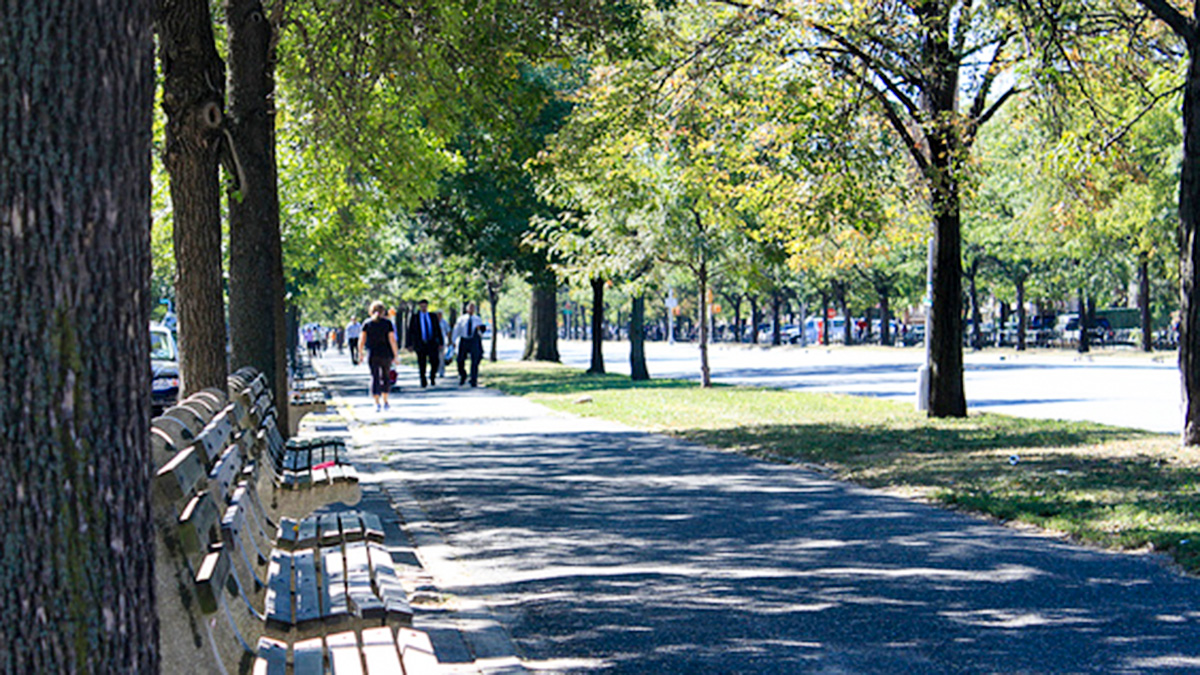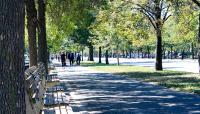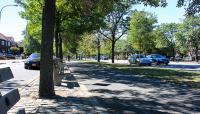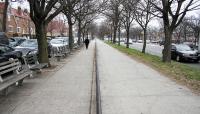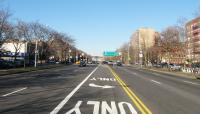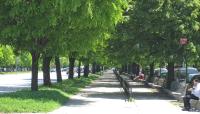Landscape Information
Part of Frederick Law Olmsted and Calvert Vaux’s larger design for a Brooklyn parkway system, Ocean Parkway, along with Eastern Parkway, was built from what was originally planned as four legs radiating from Prospect Park. Built concurrently with the park and completed in 1876, this approximately five-mile parkway was the first of its kind in the United States. At a massive 210 feet across and stretching from Park Circle (now Machate Circle) near the southwest corner of Prospect Park south to Coney Island, the northernmost half-mile of the parkway was demolished and replaced by Robert Moses’ Prospect Expressway in the 1950s.
Modeled after the Avenue de l’Impératrice in Paris (now Avenue Foch) and Unter der Linden in Berlin, but on an even grander scale, the parkway served both scenic and practical purposes, and evolved along with the neighborhood from one of rural farming, to one of middle-class Eastern European and Jewish immigrants, to a fashionable neighborhood of high-rise apartments. Originally conceived of as a thoroughfare for carriage pleasure drives, the route was marked by engraved stones every half-mile. Buffered on either side by greenswards planted with triple rows of trees (today primarily maple, oak, sycamore, elm, and a few ginkgo trees) and paths for pedestrians and horse races, the parkway evolved to include the first bike path in the country in 1894. Satisfying Olmsted and Vaux’s design intent, the pedestrian paths are lined with long rows of benches and playing tables, and serve as an active park edge for the surrounding neighborhood. Until the 1970s when the bridle path was removed, there continued to be an equine presence on the parkway, although racing generally came to an end in 1908 when betting became illegal. Ocean Parkway was listed on the National Register of Historic Places in 1983.



